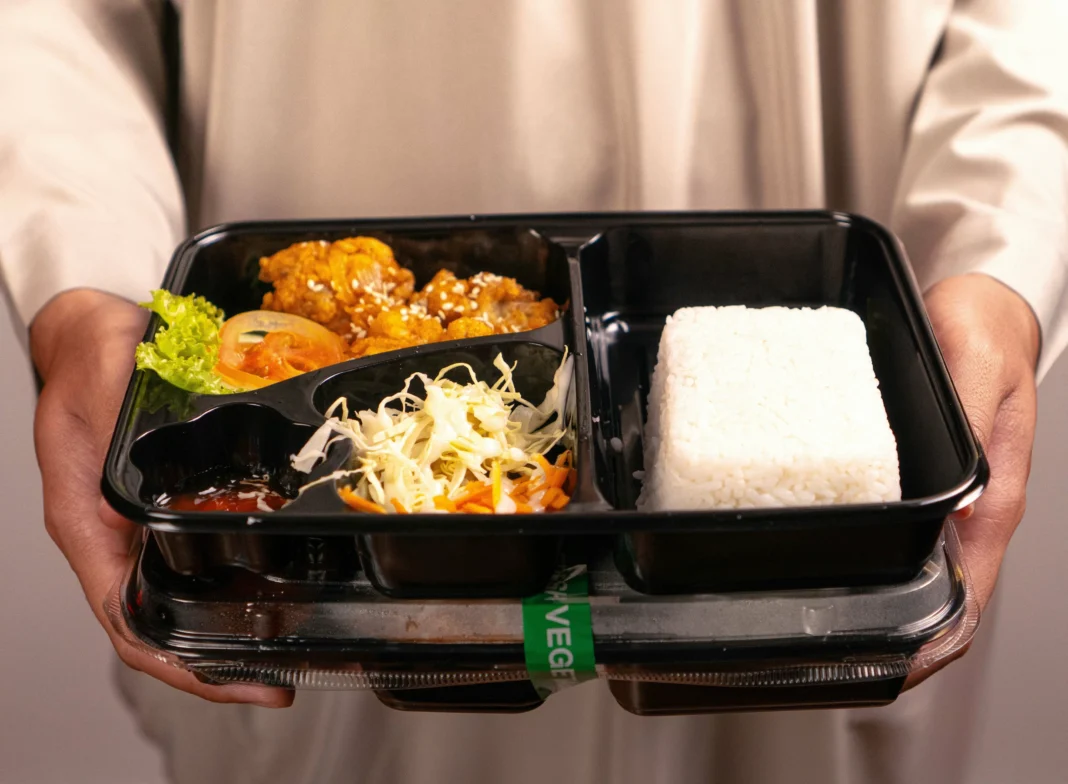Microwave meals – the unsung hero of busy, modern-day life. Who would have thought that a single ready-to-eat meal could solve all our quick dinner woes? But have you ever stopped to wonder how these meals last for weeks on end without spoiling? Well, thanks to one curious Reddit user, we finally have an answer.
Recently, a post on r/AskUK sparked a discussion about the surprising long shelf life of a tikka masala microwave meal. The user, u/Beautiful-Salt7885, shared a picture of the meal’s ingredient list and questioned how it could have a five-week shelf life with only 0.5% salt and no obvious preservatives. This raised an interesting question – how do microwave meals manage to stay fresh for so long?
To answer this, we turned to Bryan Quoc Le, a food scientist, food industry consultant, and author of 150 Food Science Questions Answered. According to Le, the key to a microwave meal’s long shelf life lies in the process of retort processing. This involves heating the food above boiling point at high pressure, effectively killing off any pathogenic microorganisms that could cause spoilage.
Retort processing is the only validated method that can be done at a low cost for microwave meals. It works similarly to pasteurization, where foods are exposed to heat and pressure for a set amount of time to eliminate bacteria before being cooled and packaged for retailers.
But retort processing is not the only technique used to preserve microwave meals. Another method is aseptic packaging, where the food is cooked separately before being placed in containers. This ensures the food remains sterile and free from any contamination before being packaged.
To ensure the longevity of microwave meals, it is crucial to prevent oxygen and moisture from coming into contact with the food. This can cause mould, rot, and introduce disease. In the case of retort processing, the food is vacuum-sealed before heating to ensure sterility. This technique can also be used for canned or carton foods.
The discussion on Reddit also brought up some interesting points. Some users speculated that spices and salt were responsible for the long shelf life, but Le explained that while they may help, the amount used in the meal would not be sufficient to preserve it for such a long time. Others expressed concern about the quality and safety of these meals, but Le reassured that retort processing does not involve any harmful chemicals or preservatives.
In fact, as the original poster replied, the tikka masala microwave meal is made up of simple, natural ingredients such as spices, purees, creams, chicken, and rice. This highlights the fact that microwave meals are not only convenient but also nutritious and healthy.
Microwave meals have become a staple in many households, especially for those with busy schedules. They offer a quick and easy solution for a delicious and wholesome meal, without having to worry about spoilage or cooking time. And now, we know the science behind their long shelf life – retort processing.
But let’s not forget the convenience factor. Microwave meals are a lifesaver for those days when you don’t have the time or energy to cook. They are also a great option for students or those living alone, as they eliminate the need for bulk cooking or leftovers. And with a variety of options available, from vegetarian to gluten-free, there’s something for everyone.
Of course, it’s essential to have a balanced and healthy diet, and microwave meals should not be relied upon as the sole source of nutrition. But they are a great option for those days when you need a quick and easy meal without compromising on taste or quality.
In conclusion, the mystery of how microwave meals last for weeks has been solved. Retort processing and aseptic packaging are the two main techniques used to preserve these meals, ensuring their safety and longevity. So, the next time you reach for a microwave meal, you can enjoy it knowing that it has been carefully prepared and preserved to provide you with a delicious and convenient meal.



